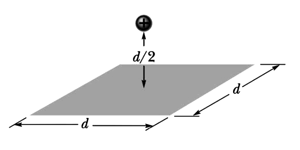The figure shows a very large nonconducting sheet that has a uniform surface charge density of ; it also shows a particle of charge at distance from the sheet. Both are fixed in place. If at what positive and negative coordinate on the axis (other than infinity) is the net electric field of the sheet and particle zero? If at what coordinate on the axis is
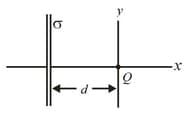


Important Questions on Gauss' Law
Figure shows a section of a long, thin-walled metal tube of radius with a charge per unit length of . What is the magnitude of the electric field at radial distance (a) and (b) (c) Graph versus for the range to .

The cube in figure has edge length and is oriented as shown in a region of uniform electric field. Find the electric flux through the right face if the electric field, in newtons per coulomb, is given by (a) (b) and (c) (d) What is the total flux through the cube for each field? (e) What is the total flux if the edge length is doubled?
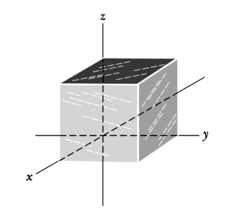
At each point on the surface of the cube shown in the figure, the electric field is parallel to the axis. The length of each edge of the cube is . On the top face of the cube the field of and on the bottom face it is . Determine the net charge contained within the cube.
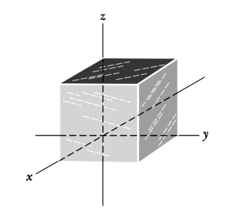
Figure shows a Gaussian surface in the shape of a cube with edge length . What are (a) the net flux through the surface and (b) the net charge enclosed by the surface if with in meters? What are (c) and (d) if
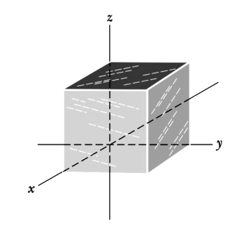
In the figure below, a proton is at a distance directly above the center of a square of side What is the magnitude of the electric flux through the square? (Think of the square as one of the faces of a cube with edge )
